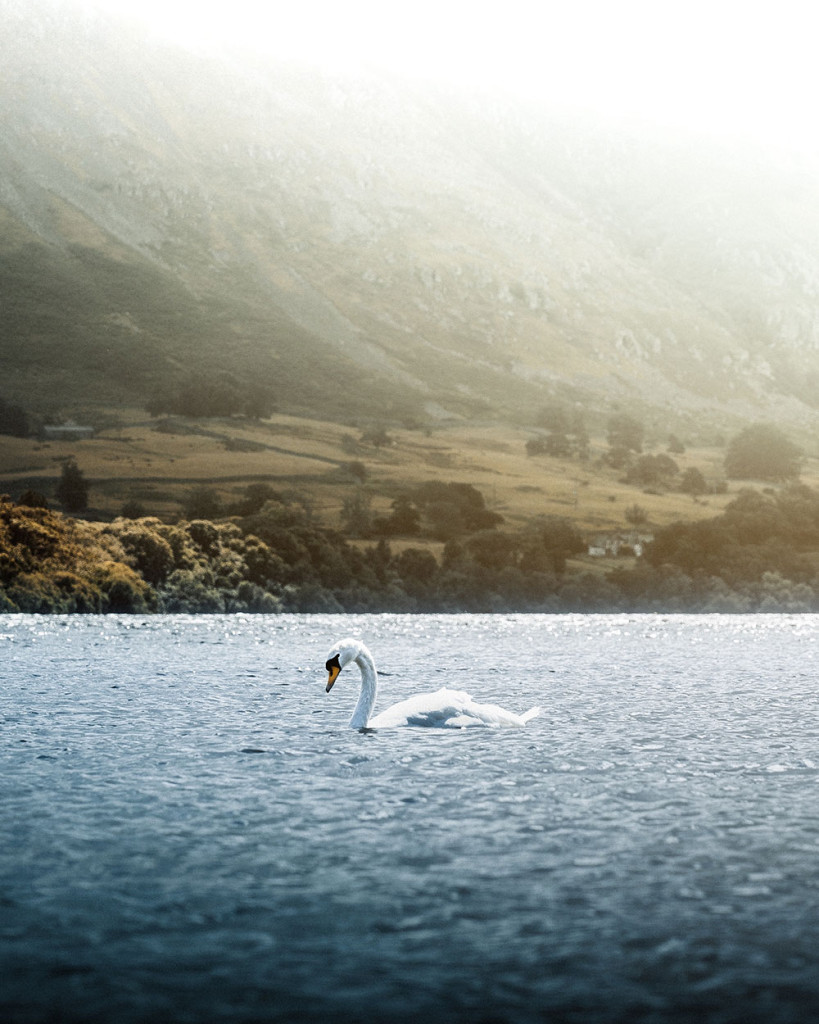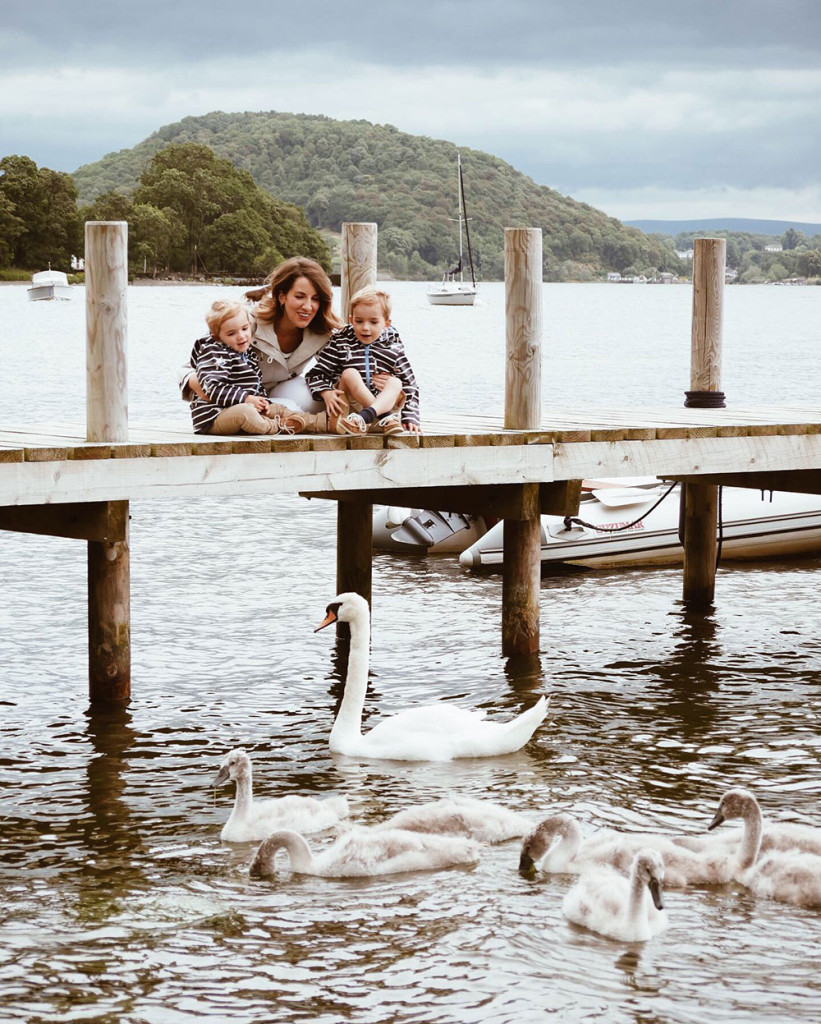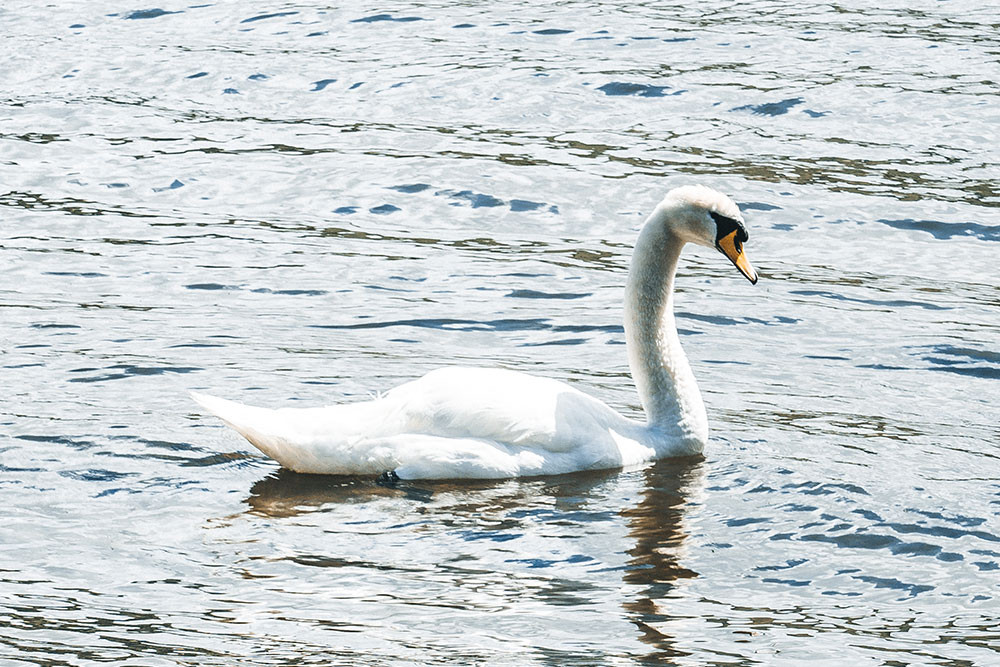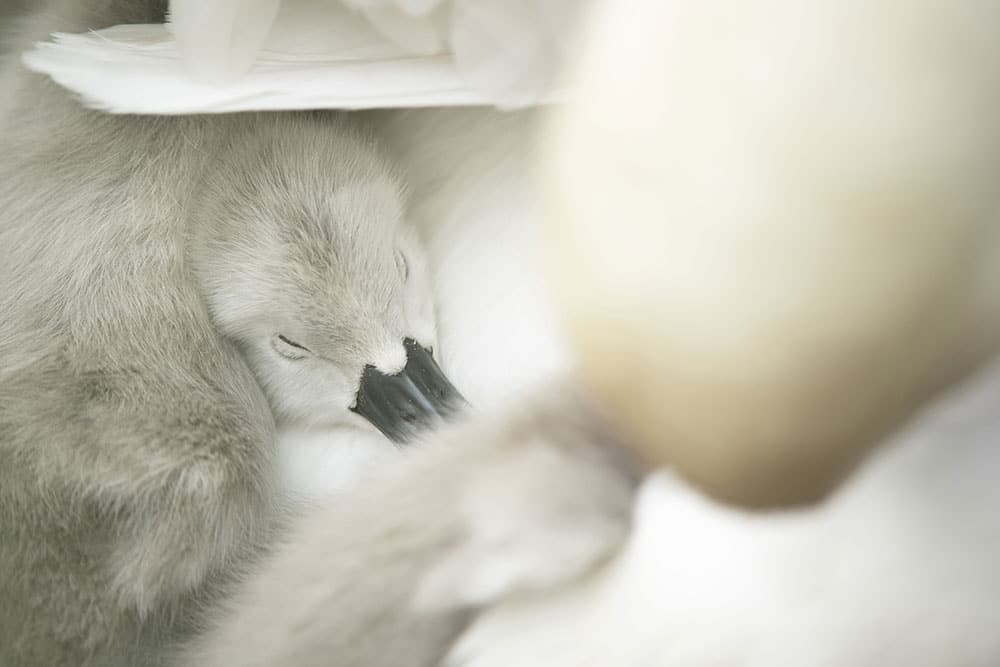Swansong
Shapeshifters, dancers, agents from another dimension, or royal dinner? We pause to consider the noble swans that frequent our shores.

Photograph by Ryan Lomas
No matter which of Lakeland’s lakes you visit, chances are you’ll probably find yourself sharing the view with a swan. A staple sight along the edge of Ullswater, watch them sculling through the morning mist, waddling through the reeds, or skimming low above the lake’s surface, ash-white wings backdropped against green fells. In fact, swans are such a perennial presence that we scarcely give them a second glance – though remarkable birds they are…


But now they drift on the still water,
Mysterious, beautiful;
Among what rushes will they build,
By what lake’s edge or pool
Delight men’s eyes when I awake some day
To find they have flown away?
From The Wild Swans at Coole by W.B. Yeats

Swan stories
Throughout human history, swans have been creatures of myth and legend. Ancient Egyptians celebrated them for their beauty; Greek philosophers believed their calls became more musical as death approached (hence ‘swansong’). To the Celts, they were linked with the Underworld.
They feature frequently in folk tales, often appearing as shape-shifters or agents of magic. Helen of Troy was conceived when Zeus, King of the Gods, disguised himself as a swan and ravished Leda, Queen of Sparta. In the Irish tale, the ‘Children of Lir’, a jealous stepmother turns her four stepchildren into swans for 900 years.
An old Norse legend explains how the birds acquired their colour: two swans drank from the sacred well of Urd in Asgard, the kingdom of the Gods, turning white forevermore. Swans float through the tales of the Brothers Grimm, and the stories of Hans Christian Anderson, and the best-known ballet of all, Swan Lake, in which Prince Siegfried falls in love with his beloved swan princess, Odette.
Swans are creatures of magic, mysticism and mystery. Somehow, they seem not altogether of this world: agents from an alternative dimension, perhaps, symbols of ethereality and purity, gliding serenely through the noise and chaos of the human realm.
In all these stories, swans are creatures of magic, mysticism and mystery. Somehow, they seem not altogether of this world: agents from an alternative dimension, perhaps, symbols of ethereality and purity, gliding serenely through the noise and chaos of the human realm.
The life of swans
At 1.5m in length and 12kg in weight, the mute swan is Britain’s largest wildfowl. It’s also one of the heaviest of all flying birds – up there with avian heavyweights like the great bustard, the pelican and the condor. Fully extended, their wingspans can measure more than 3m – wider than a family car.
There are around 6,400 resident breeding pairs, but in winter, numbers can boom to more than 74,000 individual birds. One often quoted legend suggests they were brought back to Britain by Richard I from the Crusades, but mute swans have actually been here since the last ice age. So we’ve never known Britain without its swans.
The mute swan (Cygnus olor) is the most common species encountered in Britain, and live here year-round. The other two species, the whooper (Cygnus cygnus) and the Berwick’s (Cygnus Columbianus bewickii) are seasonal visitors, migrating here from the Arctic in winter in search of warmer climes (Eltermere is one of the Lake District’s best places to spot whooper swans).
Mute swans are the easiest to identify: they have orange bills with a black base. Whooper and Bewick’s swans both have yellow bills, but otherwise look quite similar – although the whooper is slightly smaller and has a straighter neck. Rather obscurely, the Wetlands and Wildlife Trust suggests the best way to identify them is from the yellow part of their bill: a Bewick’s resembles a knob of butter, while the whooper’s looks like a wedge of cheese. Occasionally, you might also spy black swans, but these aren’t native – they were introduced from Australia in 1791. True cygnophiles can even identify swan species by the sound of their wingbeats.
True cygnophiles can even identify swan species by the sound of their wingbeats.
Male swans are known as cobs; females as pens. Swans do mate for life (which, in the wild, equates to about ten years), but they aren’t the paragon of romantic fidelity they might appear – according to the RSPB, extra-marital trysts, bigamy, absent fathers and even incest are all common in the swan world.
Swans build nests at the water’s edge from rushes, reeds and grasses. Males collect the raw material, while females take charge of nest-crafting. Child-rearing is more evenly distributed: cobs help incubate eggs (laid in clutches of up to seven at a time, usually in April or May), and ferry new-born cygnets around on their backs to keep them out of harm’s way.
They mostly survive on a diet of aquatic plants (swans’ long, slender necks evolved to root up plants from lake and river-beds), but will also munch molluscs, amphibians or small fish (on land, they will even graze on grass). As with all waterfowl, feeding them bread is not a good idea – it plays havoc with their digestions. Grains, or a lettuce leaf or two, are better choices.


The Queen’s bird
In one of the more peculiar quirks of British law, all unmarked swans in open water are the property of the Crown.
The law was created to ensure a steady supply of swans for the monarch’s table: swan meat was a prized delicacy, a signifier of class and status, eaten at feasts and banquets (Henry III ordered 40 swans for his Christmas party in 1247). Other aristocrats and nobles could purchase their own swan mark – between 1450 and 1600, there were some 630 swan marks on London waters alone – but it was a costly business.
Today, apart from the Crown, only three institutions possess their own swan mark: the London-based livery companies, the Vintners and the Dyers, and the Ilchester family, who have owned their swannery near Abbotsbury in Dorset since the 1300s.
In medieval times, swan-poaching was punishable by death; even stealing swan eggs could land the persecutor in prison. Astonishingly, until 1998, consuming swans was still a treasonous act. By law, the monarch is still the only person in Britain permitted to dine on swan – although despite an oft-quoted rumour, the Queen doesn’t eat swan for Christmas dinner (apparently, she prefers goose).
By law, the monarch is still the only person in Britain permitted to dine on swan – although despite a popular rumour, the Queen doesn’t eat swan for Christmas dinner (apparently, she prefers goose).
Since medieval times, the task of looking after the monarch’s swans has fallen to the Keeper of the Swans (recently divided into two roles, Warden of the Swans and Marker of the Swans). Their duties include monitoring swan numbers, checking the birds’ health and ringing them for identification.
Once a year, they navigate a 79-mile stretch of the River Thames in wooden rowing skiffs, performing an official count of the Queen’s swans (a ceremony known as the ‘swan upping’). Unfortunately this year, because of coronavirus, the swan upping was cancelled – so at the time of writing, the Queen has no idea exactly how many swans she owns.
Next time you see a swan glide past, take a moment to watch this enigmatic and enduring bird before it flies away…


Thank you to Heather Devey at RSPB Haweswater for contributing to this article. Check out their upcoming events, including Exclusive Badger Hide hire. From Red Squirrels to Peregrine Falcons, read about other wildlife to look out for around the Ullswater Valley and neighbouring Haweswater in this blog by Lee Schofield, Site Manager at RSPB Haweswater. |
See the swans for youself. Take to the water on a kayak or standup paddleboard for a unique perspective of the lake. We take out guided lessons daily.
Book your stay at Another Place.